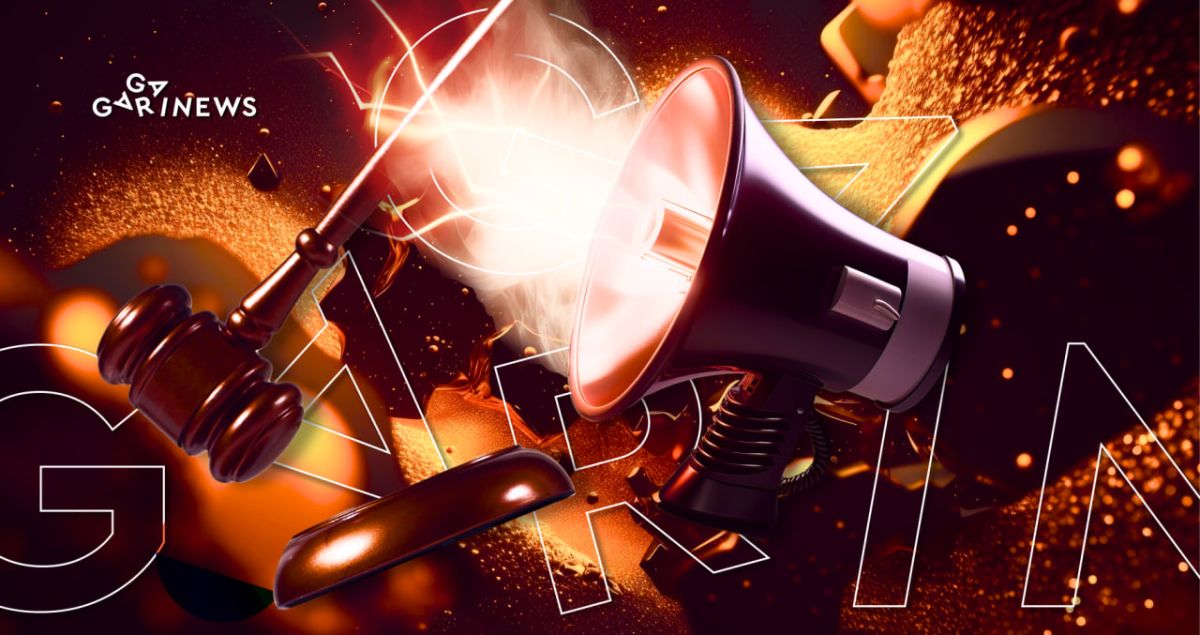Cryptodemocracy Unleashed: Initiating Change and Voting in DAOs

A majority of cryptocurrency enthusiasts are familiar with DAO, but not everyone comprehends how participants within the organization initiate alterations or suggest new features to be added. Additionally, it is interesting to know how exactly voting takes place in DAOs.
On this page
The abbreviation DAO stands for Decentralized Autonomous Organization.
DAOs for beginners: A basic overview
The format of a DAO poses a challenge to the traditional pyramid-like hierarchical structure of corporate management. In such a structure, decisions are made by a few members of the board of directors or council, which is then approved by the CEO, with ordinary employees at the bottom of the pyramid having no say. In contrast, DAOs practice collective and collegial decision-making, transparency, and public control over budget allocation and usage. DAOs are accessible to any participant from around the world, and operate on the blockchain, with active usage of smart contracts being a defining feature.
To put it more simply, DAOs are communities that self-organize to collectively manage decentralized projects utilizing blockchain technologies and digital assets. Furthermore, DAOs are the most efficient format for collaboration among individuals who share common interests worldwide.
Decentralized autonomous organizations vs. Hierarchical corporate management
The official Ethereum website provides a highly precise characterization of DAO.
Consider them an internet-native business that their members collectively own and govern. They come with built-in treasuries that no one can access without the group's permission. Proposals and voting are used to make decisions, ensuring that everyone has a say. There's no way for a CEO to spend money on their whims, and there's no way for a shady CFO to tamper with the accounts. The DAO's spending constraints are written into its code, and everything is displayed.
Initiating updates in DAO governance
Through the use of the project's native assets (coins or tokens), they acquire the privilege to engage in both tactical and strategic management (Governance), submit proposals, and cast ballots for the propositions of fellow members.
When a member of a DAO has an idea to enhance the project (e.g., a suggestion to introduce novel functionality or assets, refine the software, allocate certain funds from the treasury, etc.), they initiate a request to implement the changes. This can take place on a dedicated Governance platform, the DAO's mobile application, or an internal forum, where each new proposal for changes becomes a distinct thread for discussion. The proposal is assigned a unique number, facilitating its easy retrieval from the overall list.
Before a proposal is subject to a vote, DAO participants engage in discussions regarding the viability of the changes. Each member has the chance to put forth their arguments either for or against the proposal, expressing their support or disagreement with the idea and providing detailed justifications. The more thorough the description and justification of the idea, the greater the probability of it being positively received by the community. Following the public discussion's outcome, all DAO participants can assess the resonance level and the proposal's support within the DAO.
DAO voting: A closer look
To take part in the voting, either the project's native coin or separate Governance tokens (which may be represented by reverse tokens in some projects) are utilized. From the viewpoint of blockchain technology, a separate smart contract is generated for every proposal that goes to a vote. It becomes active when the initiator transfers a specific amount of tokens from their wallet (usually, the value is symbolic and minimal). After this, the voting process among the DAO members is initiated.
There is a separate section on the Governance platform that provides a comprehensive list of all the ongoing and previous votes. However, only those proposals that have an “active” status can be voted on. In case a proposal has been published but the voting process has not yet commenced, a countdown timer is usually displayed.
The tallying of votes is fully automated and transparent due to the fact that each vote is recorded on the blockchain, similar to how voting on a state level should operate. A distinct section (page) is generated for each vote on the Governance platform, where the initiative's description and all votes cast for it can be reviewed. During the voting process, participants are free to add their comments and provide justifications for their decisions.
To exercise their voting rights, participants must link their own non-custodial wallets to the Governance platform and transfer a certain amount of native tokens. The amount can vary depending on the member's level of interest in supporting a particular initiative. This affects the voting power but not the number of votes; each individual can only cast one vote. Some projects have created dedicated mobile wallets for voting, where participants must maintain the required balance of governance tokens.
MakerDAO Governance Voting Portal
If necessary, tokens locked in a smart contract can be withdrawn at any time. A vote would be revoked in the event of this activity.
Some DAOs opt not to create their own voting platform, choosing instead to use third-party services such as Snapshot to avoid the costs and time involved. More than 1000 different DAOs have already adopted this outsourcing voting platform.
Congratulations! You are now well-versed in the ins and outs of how a DAO initiates changes and carries out its voting procedures.
The content on The Coinomist is for informational purposes only and should not be interpreted as financial advice. While we strive to provide accurate and up-to-date information, we do not guarantee the accuracy, completeness, or reliability of any content. Neither we accept liability for any errors or omissions in the information provided or for any financial losses incurred as a result of relying on this information. Actions based on this content are at your own risk. Always do your own research and consult a professional. See our Terms, Privacy Policy, and Disclaimers for more details.




























